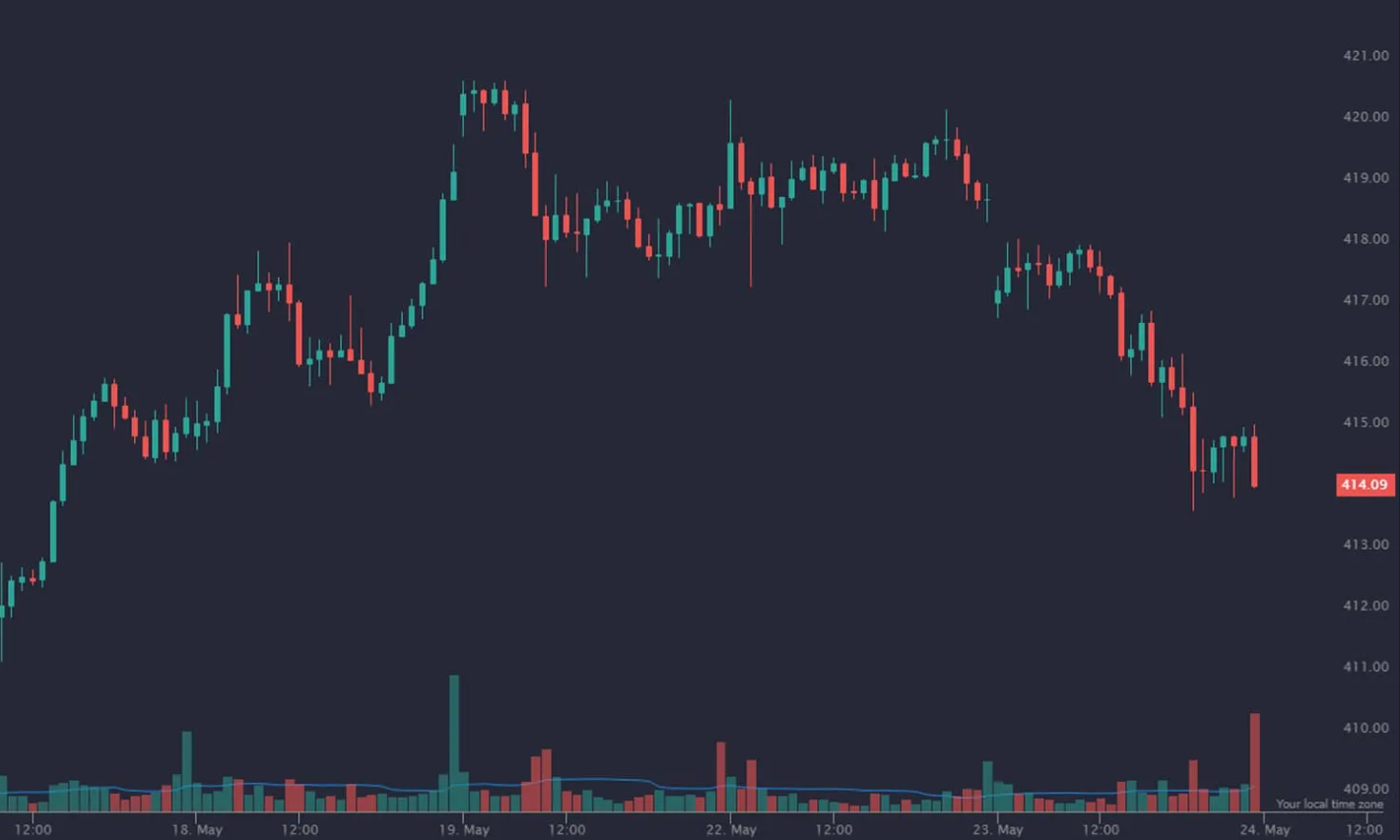Volume Indicator
-
 Sep-11-2024
Sep-11-2024
Introduction
The volume indicator is a vital tool investors and traders use to understand the liquidity and market activity in trading financial assets. It measures the number of shares or contracts traded during a specified period, providing insights into the buying and selling pressure in the market. The concept of the volume indicator dates back to the early 1900s and is credited to Richard Wyckoff, a pioneer in technical analysis.
Calculation of the Volume Indicator
The formula for calculating the volume indicator is straightforward:
Volume Indicator = Total number of shares or contracts traded during a specified period
This period could be a single or multiple trading sessions, depending on the timeframe being analyzed.
Interpretation of the Volume Indicator
Analyzing the volume indicator involves understanding the patterns created by the trading volume and their relationship with price action. High trading volumes often indicate increased market interest and liquidity, whereas low volumes suggest a lack of interest or limited market activity.
How to Use the Volume Indicator in Trading
The volume indicator can be employed in various ways to enhance trading strategies:
- Identify trend strength: High trading volumes during price movements suggest a strong trend, while low volumes might indicate a weak or exhausted trend.
- Confirm price breakouts: High volume during price breakouts from consolidation patterns, such as triangles or rectangles, could confirm the validity of the breakout and increase the probability of a successful trade.
- Spot divergence patterns: Divergences between price and volume might signal potential trend reversals or price corrections.
- Evaluate liquidity: Traders can use the volume indicator to assess a financial asset’s liquidity, which helps determine the ease of entering and exiting trades.
Advantages of the Volume Indicator
The volume indicator offers several benefits to investors and traders:
- Easy to interpret: The volume indicator is simple to understand and use, even for beginners.
- Universal applicability: It can be applied to various financial markets, including stocks, futures, forex, and cryptocurrencies.
- Effective in various timeframes: The volume indicator works effectively across different timeframes, from intraday to long-term investing.
- Complements other technical analysis tools: The volume indicator can be combined with other technical indicators and chart patterns to improve the overall effectiveness of trading strategies.
Limitations of the Volume Indicator
Despite its advantages, the volume indicator has some limitations:
- Inaccurate data: In some markets, such as forex and cryptocurrencies, the reported trading volumes might be incorrect or incomplete due to the decentralized nature of these markets.
- Limited predictive power: The volume indicator cannot predict future price movements independently, making it essential to combine it with other technical and fundamental analysis tools for more accurate predictions.
- Lagging indicator: The volume indicator is a lagging indicator, meaning it reflects past market activity rather than providing real-time insights into market sentiment.
- False signals: Like any technical indicator, the volume indicator may sometimes generate false signals, leading to potential trading losses.
The Bottom Line
In conclusion, the volume indicator is valuable for understanding market activity and liquidity in trading financial assets. By analyzing the patterns created by trading volumes, investors and traders can gain insights into market sentiment, trend strength, and potential trend reversals. However, it is essential to recognize the limitations of the volume indicator and employ it in conjunction with other technical and fundamental analysis tools to improve the overall effectiveness of trading strategies. By doing so, investors and traders can make more informed decisions and enhance their chances of success in the financial markets.



